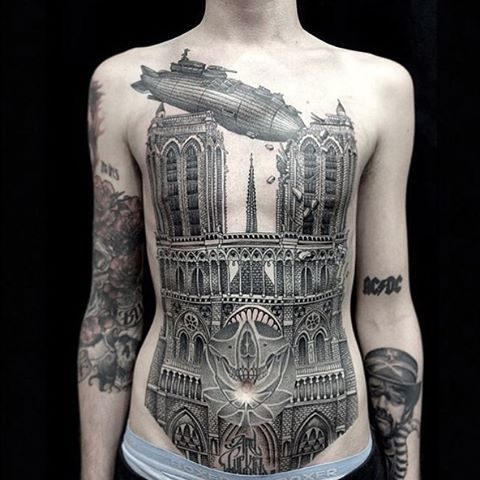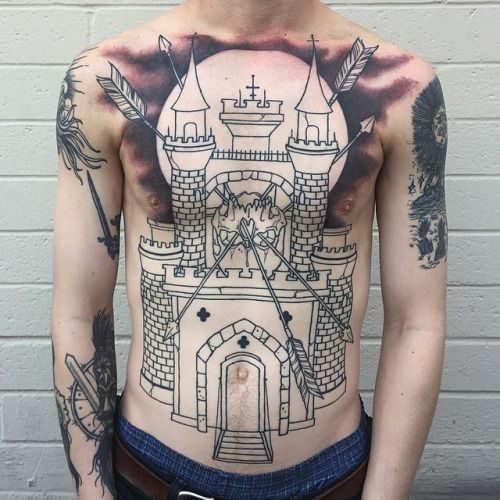
In a world where trends come and go, one form of artistic expression has remained steadfast through the ages: traditional tattoos.
These iconic designs, characterized by bold lines, vivid colors, and classic motifs, have captivated the hearts and bodies of ink enthusiasts for generations. In this article, we’ll delve into the timeless allure of traditional tattoos and explore their enduring popularity in the ever-evolving world of body art.
The Roots of Tradition
Traditional tattoos, often referred to as “Old School” or “American Traditional,” trace their origins to the early days of tattooing. Sailors, soldiers, and working-class individuals were among the first to embrace this distinctive style in the late 19th and early 20th centuries. The simplicity and durability of traditional tattoos made them a practical choice for those leading rugged lives, where exposure to the elements was a constant.
At the heart of traditional tattooing are a few key characteristics that set it apart from other styles. Bold, black outlines create a strong contrast, making the designs easily recognizable and enduring.

A limited color palette dominated by primary colors, such as red, green, and yellow, adds to the distinctive charm of traditional tattoos. Iconic motifs like anchors, roses, daggers, and swallows are prevalent, each carrying its own symbolism.
Enduring Appeal
Despite the passage of time, traditional tattoos continue to hold a special place in the world of body art. Their enduring appeal can be attributed to several factors:
Timelessness: Traditional tattoos possess a timeless quality that transcends trends. While contemporary styles may come and go, traditional designs remain a constant, resonating with people from all walks of life.
Symbolism: Every element of a traditional tattoo carries symbolic significance. Anchors represent stability, roses symbolize love and beauty, and swallows signify safe return home. These symbols connect people to a rich heritage of meaning and tradition.

Bold and Simple: The bold lines and uncomplicated color schemes of traditional tattoos make them instantly recognizable, even from a distance. This simplicity ensures that the designs stand the test of time, both in terms of aesthetics and durability.
Nostalgia: For many, traditional tattoos evoke a sense of nostalgia for a bygone era. They offer a glimpse into the past, reminding us of the courage and resilience of those who first embraced this style.
Versatility: Traditional tattoos can be adapted to suit individual tastes and preferences. Artists can incorporate personal elements or modern twists into traditional designs, allowing for a unique blend of old and new.
Finding Your Traditional Tattoo
If you’re considering getting a traditional tattoo, there are a few essential steps to follow:
Research: Take the time to explore traditional tattoo motifs and symbols. Choose elements that resonate with you personally or hold special meaning.
Choose a Skilled Artist: Traditional tattooing requires a steady hand and a deep understanding of the style. Look for an experienced tattoo artist with a portfolio that showcases their proficiency in traditional designs.
Collaborate: Work closely with your chosen artist to refine your design. They can help you tailor the tattoo to your preferences while maintaining the integrity of the traditional style.

Prepare for the Process: Traditional tattoos often involve bold lines and solid coloring, which can be more painful than some other styles. Be mentally prepared for the tattooing process and follow your artist’s aftercare instructions carefully to ensure proper healing.
In Conclusion
Traditional tattoos, with their rich history, enduring symbolism, and timeless aesthetics, continue to capture the imaginations of tattoo enthusiasts worldwide. Whether you’re drawn to the bold lines, classic motifs, or the nostalgia they evoke, traditional tattoos offer a unique and meaningful way to express yourself through body art. So, if you’re considering your next tattoo, why not ink it up the traditional way and become part of a centuries-old tradition that’s as vibrant and relevant as ever?

